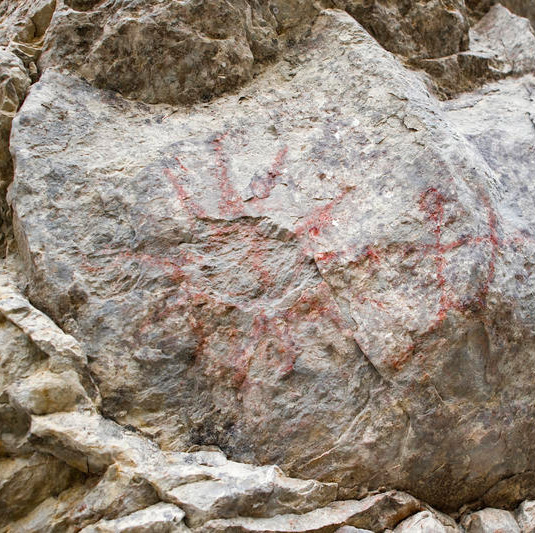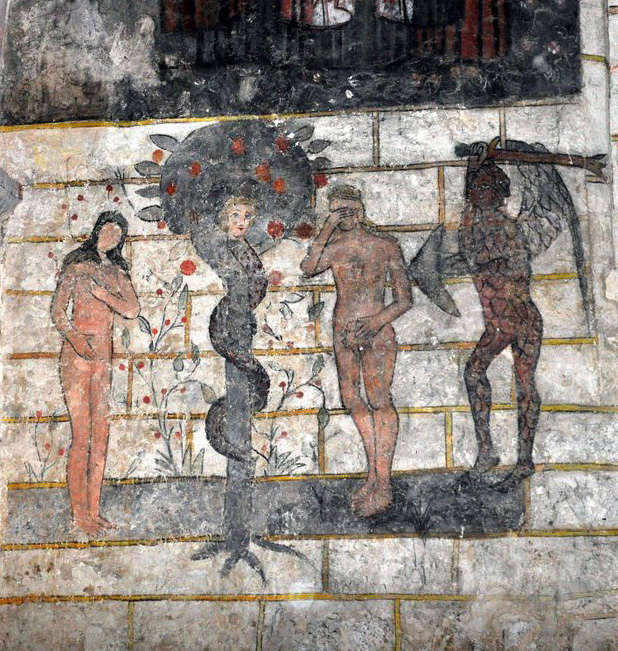There is evidence that the earliest human settlements in Valderejo date back to prehistoric times, more specifically the Neolithic period. This evidence takes the form of tumuli, places of worship and of burial for these primitive pastoral communities.

However, the most significant period, and the one that has left most evidence of its existence, is that of the Middle Ages.
After the Moorish invasion, Valderejo was in effect a no-man’s land, abandoned by its inhabitants who had taken refuge in the mountains of the north out of fear of the Moors.
There followed a period of repopulation of the valley instigated by monks and abbots who built monasteries, around which villages grew.
Throughout its history, this land has had a variety of rulers, including the kingdoms of Astur and Navarre, the feudal estate of Vizcaya and the Castilian Crown, the latter governing it for several hundred years.

At the end of the XII century, however, the region was granted a municipal charter that exempted it from the payment of certain duties and taxes. This charter was ratified by all monarchs until well into the XVIII century.
Until the end of the 1960’s, Valderejo formed part of a district council whose seat was Lalastra, but the eventual abandonment of villages such as Villamardones and Ribera led to it being included in the district council of Valdegovía, where it remains to this day.
